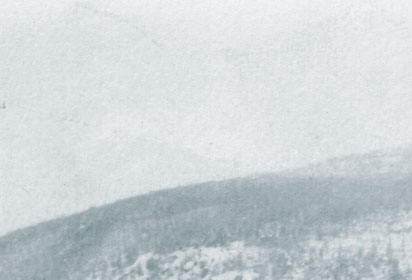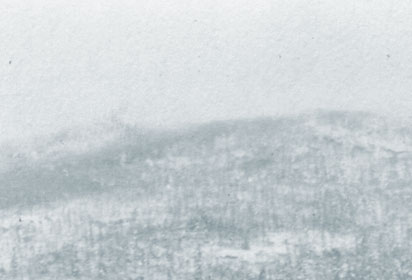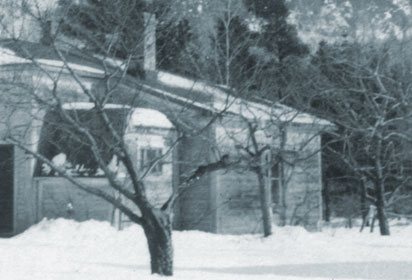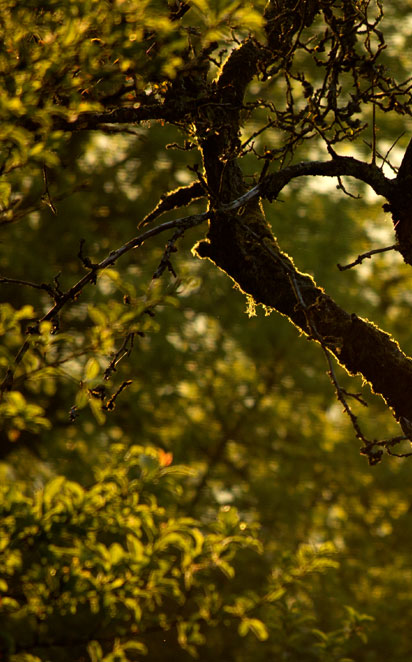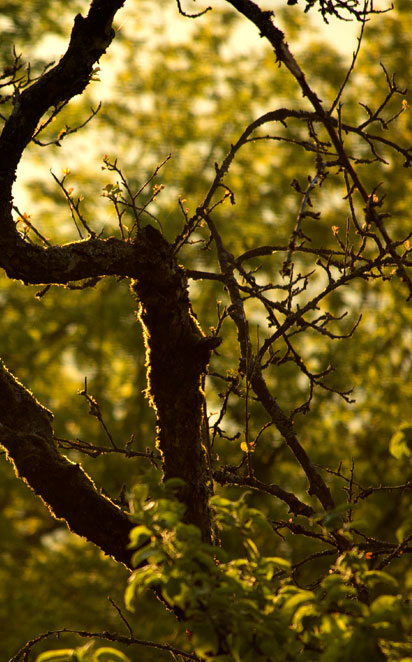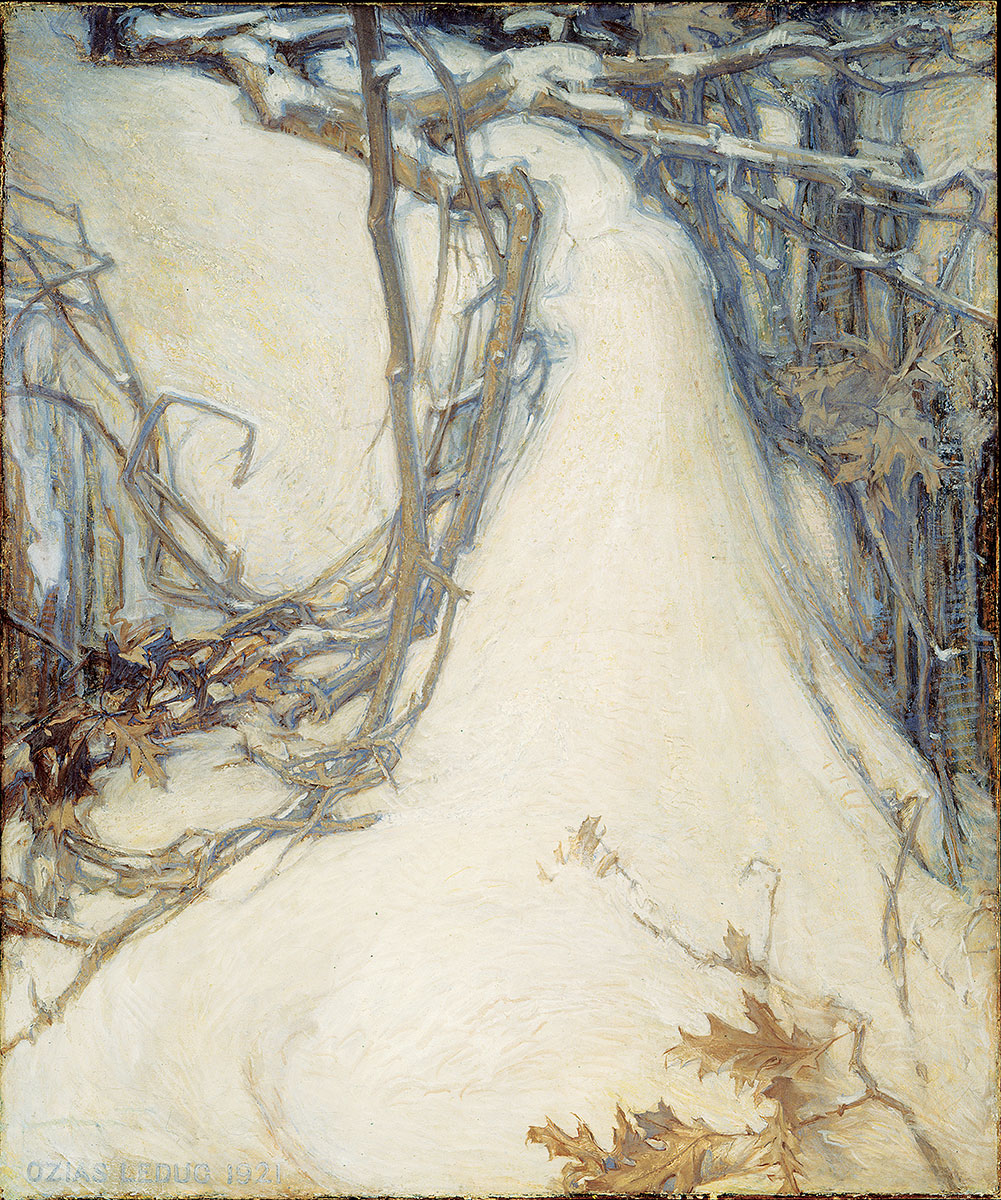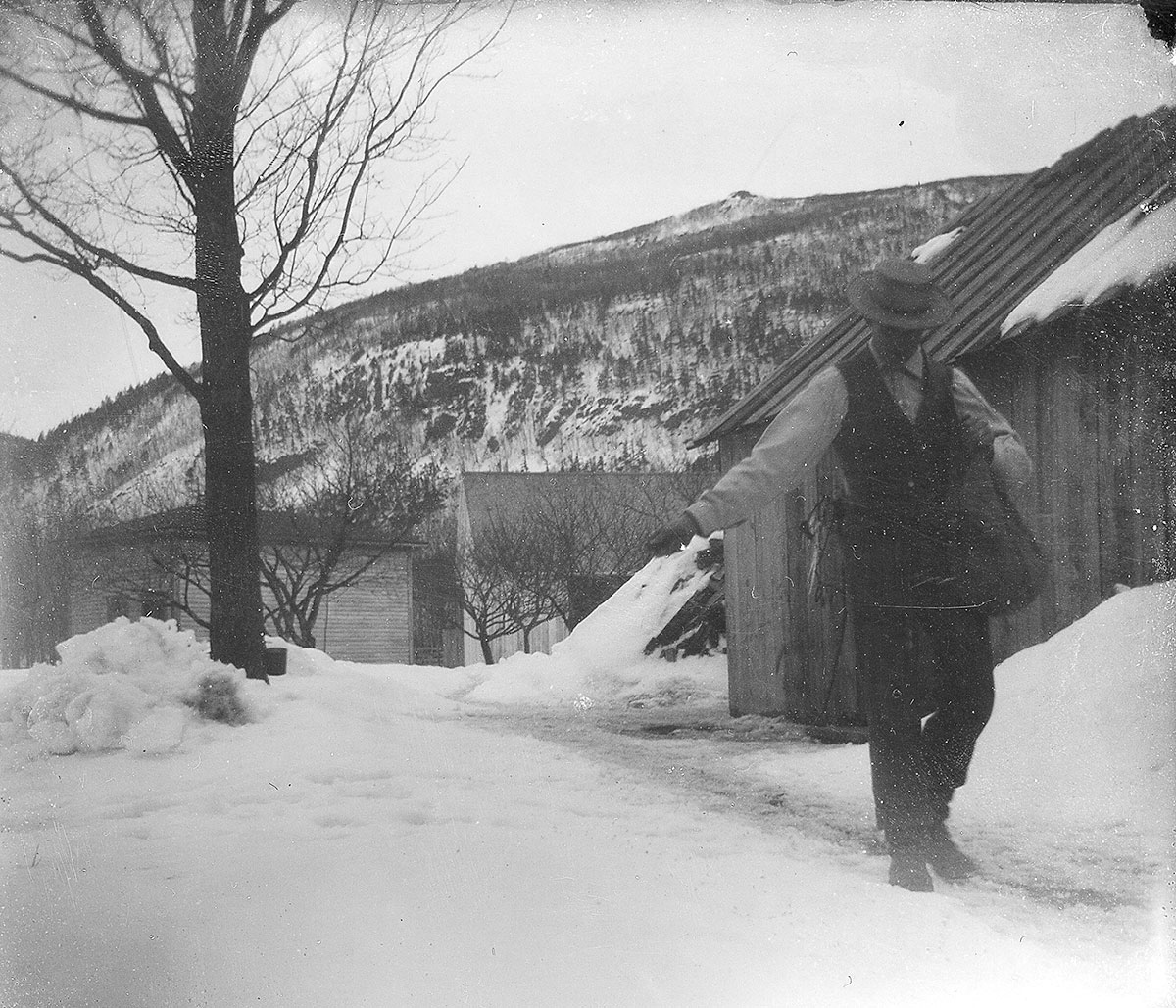Secrets and legends
Expressive intensity
Ozias Leduc never concentrates on style or mannerism but rather on content, on the deep meaning of what he paints and draws.
Your painting must have a soul. - Ozias Leduc
For him, art is not only meant to represent a subject, but to reveal a deeper meaning as well.
The places he paints or draws seem to be detached from reality. Leduc works in such a way as to give his compositions a very intense expressiveness, while preserving a certain consistency from one painting to another, notably through the absence of characters. For the viewer, the landscape becomes a place where meditation is guided by the visual dynamics that animate it.
During his childhood, Leduc roams his father's orchard, the fields and the mountain. He discovers certain local legends, known as the Fairies' Grotto and the Iron Doors, which he will later write about in his History of Saint-Hilaire - we hear it, we see it.
He lives at a time when artists want more than anything else to express what they feel. Painters who adhere to this aesthetic philosophy believe that art should always express an idea or an emotion by using signs and symbols. Characters and objects acquire their meaning through their symbolist self. In a way, Leduc invites the viewer to question the meaning of his subject.
Art is symbolist. It has to mean something. - Ozias Leduc
This reflection on beauty and symbolism finds its representation in his large landscapes painted between 1913 and 1921, such as The Enchanted Island, Golden Snow, The Purple Hour, Blue Cumulus, End of day and Green Apples. These paintings carry deep symbolism, more precisely by their treatment of light. Twilight can be seen as a manifestation of the divine.
These characteristics are also found in his church decorations, through the use of symbolism specific to Catholicism such as floral ornamentation, fleur-de-lis, acanthus leaves and vines.
You are made of iron in a dream, but of stone in nature… without being less formidable, in front of the mystery that you hide. - Ozias Leduc





